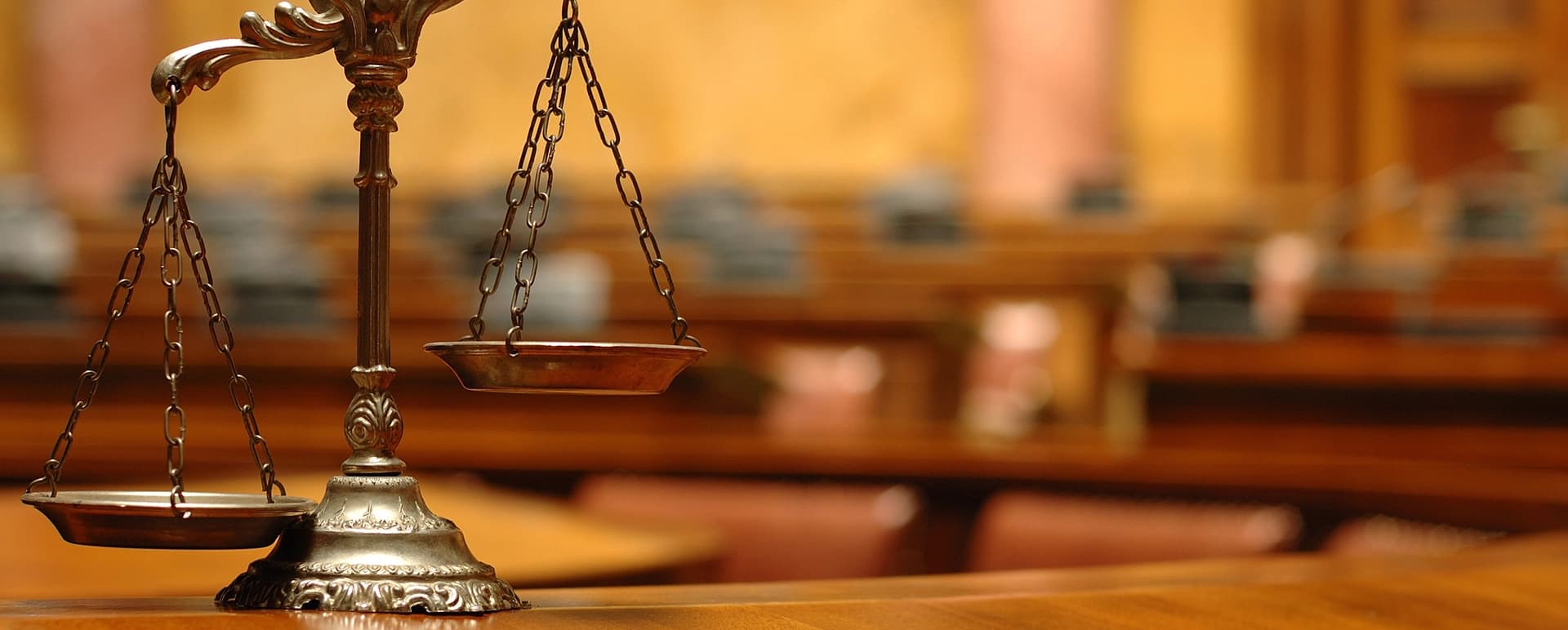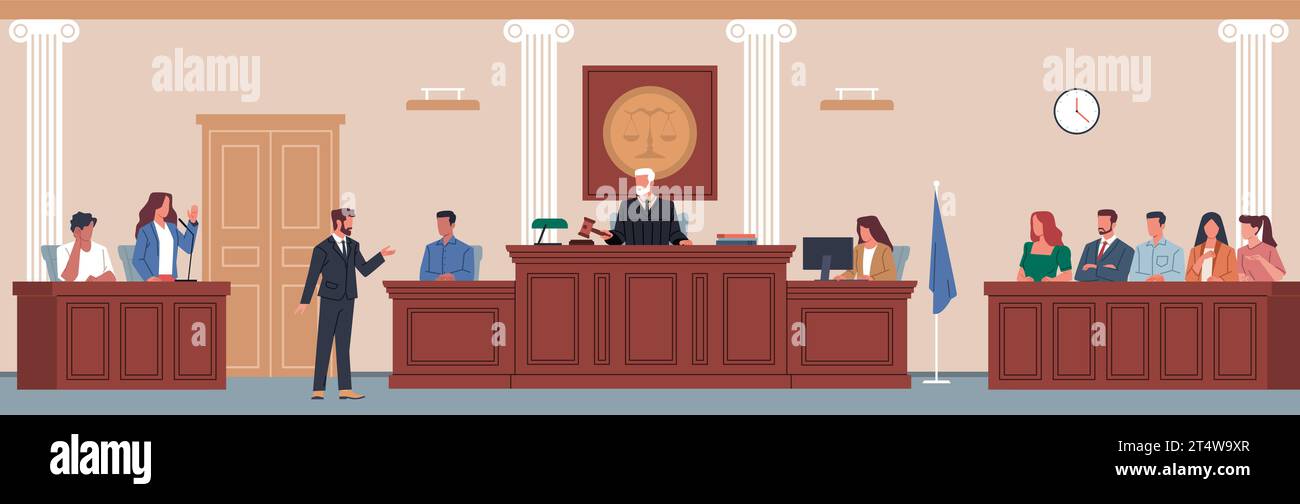Professional Trial Presentation Expert Services for Legal Displays
Professional Trial Presentation Expert Services for Legal Displays
Blog Article
Astound the Court: Essential Components of a Powerful Test Presentation
Essential elements such as recognizing the target market, crafting a compelling story, and grasping verbal and non-verbal communication are critical parts of a reliable discussion. As these factors link, they develop a natural approach that not only notifies yet likewise involves jurors on several degrees.

Comprehending Your Audience
Comprehending your audience is an essential facet of effective trial discussion. A successful discussion rests on the ability to realize the demographics, values, and tendencies of jurors. This understanding educates how disagreements are mounted, evidence exists, and emotional charms are crafted, making certain that the message resonates with the jurors on a personal level.
Research shows that jurors originated from diverse histories and may have differing degrees of recognizing regarding legal proceedings (trial presentation). Thus, it is important to prevent legal jargon that could alienate or confuse them. Rather, employing clear, relatable language fosters engagement and comprehension. Additionally, comprehending the jurors' possible biases and life experiences allows the trial presenter to expect arguments and address concerns proactively.
Reliable trial discussion also includes observing jurors' responses during the process. Engaging with jurors as individuals instead than a collective system is essential in cultivating a solid connection in the court.

Crafting a Compelling Story
Crafting a compelling story is necessary in directing jurors through the intricacies of a case. A well-structured story not only streamlines intricate lawful concepts yet also involves jurors on an emotional degree, making the information more relatable and remarkable.
To attain this, attorneys ought to begin by identifying the core message they wish to share. This message needs to reverberate with the jurors' values and experiences, cultivating a connection that goes beyond mere realities. The narrative must unravel rationally, offering events in a clear series to avoid confusion. This sequential approach can aid jurors follow the development of events, emphasizing cause and result.
Incorporating human aspects-- such as individual tales or stories-- can even more improve the story's influence. These elements stimulate compassion, allowing jurors to envision the repercussions of the case on the real worlds. Furthermore, using a constant motif throughout the discussion reinforces the main disagreement, making it much easier for jurors to maintain crucial points.
Inevitably, a compelling narrative changes a trial presentation from a plain recitation of truths into a persuasive story that astounds the court, urging them to ponder with both reason and emotion.
Using Visual Help
Including aesthetic help into a trial discussion can dramatically boost jurors' understanding and retention of info. Visual materials such as graphes, representations, photos, and videos can transform complex legal principles and evidence right into quickly digestible layouts. By involving multiple detects, these aids allow jurors to envision the situation's essential elements, making it easier for them to adhere to along and comprehend complex details.
Moreover, properly designed aesthetic aids can stress essential factors and highlight connections between different pieces of evidence. For circumstances, timelines can successfully show the sequence of occasions, while annotated pictures can make clear particular information appropriate to the instance. This not only help in understanding however also strengthens the narrative offered by the lawyer.
It is vital, however, you can check here to make certain that aesthetic aids are relevant, clear, and properly presented. Overly complex or chaotic visuals might overwhelm jurors and detract from the message. When made use of deliberately, aesthetic help serve to match the dental arguments and improve the total impact of the trial discussion. Inevitably, effective visual interaction can be a powerful tool in encouraging jurors and assisting them get to informed final thoughts.
Grasping Verbal Interaction
Effective verbal communication is important in a test discussion, as it offers as the key methods through which attorneys communicate their disagreements and attach with jurors. Mastering this skill entails quality, persuasion, and engagement. Attorneys have to express their points clearly and concisely, preventing lawful lingo that might confuse jurors. Simplicity in language promotes understanding and aids jurors grasp complex issues provided throughout the test.
Additionally, tone and pacing dramatically impact how messages are received. A certain tone conveys authority, while proper pacing permits jurors to soak up info without feeling overwhelmed. Lawyers must additionally differ their singing inflections to stress bottom lines and preserve jurors' interest throughout the presentation.
Additionally, the company of verbal debates is important. Structuring the narrative logically and coherently aids jurors follow the attorney's line of reasoning, making it easier for them to preserve important information. Making use of influential strategies, such as storytelling, can also enhance the emotional resonance of the debates presented, therefore producing a much more profound link with jurors.
Inevitably, mastering spoken communication not just reinforces an attorney's situation however likewise promotes count see this page on and relationship with the court, dramatically boosting the possibilities of a beneficial decision.

Involving With Body Language
Nonverbal communication plays an important function in test presentations, commonly conveying messages that words alone can not reveal. Body movement, including gestures, pose, face expressions, and eye contact, considerably influences just how jurors regard the reputation and sincerity of the speaker. A positive stance, with shoulders back and an open position, can impart count on, while closed-off body movement might suggest defensiveness or unpredictability.

Face expressions must reflect the emotions related to the instance, enhancing the story being offered. A sincere expression throughout an emotional moment can evoke compassion and reinforce the emotional appeal. Ultimately, understanding body movement is necessary for efficient trial discussions, as it improves verbal interaction and develops a compelling visibility that reverberates with the court.
Verdict
Finally, astounding the court necessitates a strategic approach that incorporates recognizing the audience, crafting an engaging story, using aesthetic help, mastering spoken interaction, and involving with body language. Each aspect read more plays a vital duty in producing an effective trial discussion that reverberates with jurors on both emotional and intellectual degrees (trial presentation). By incorporating these elements properly, legal experts can dramatically enhance their capacity to convince and affect jury decision-making
Report this page